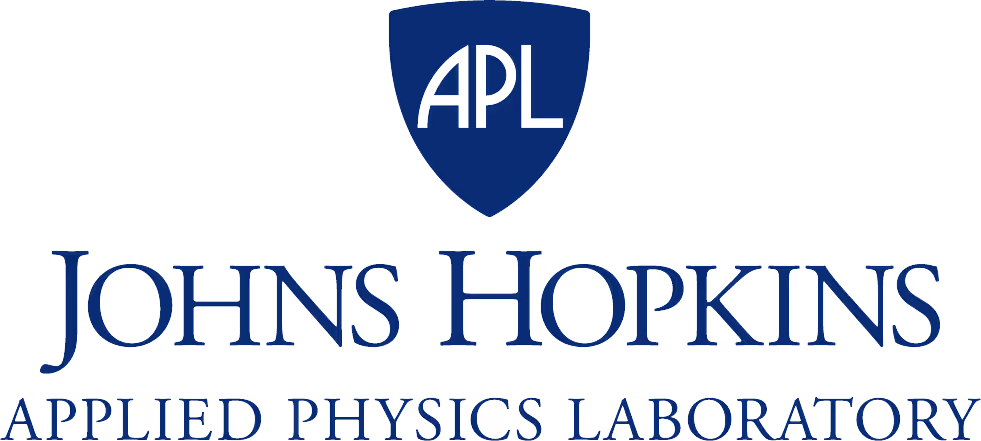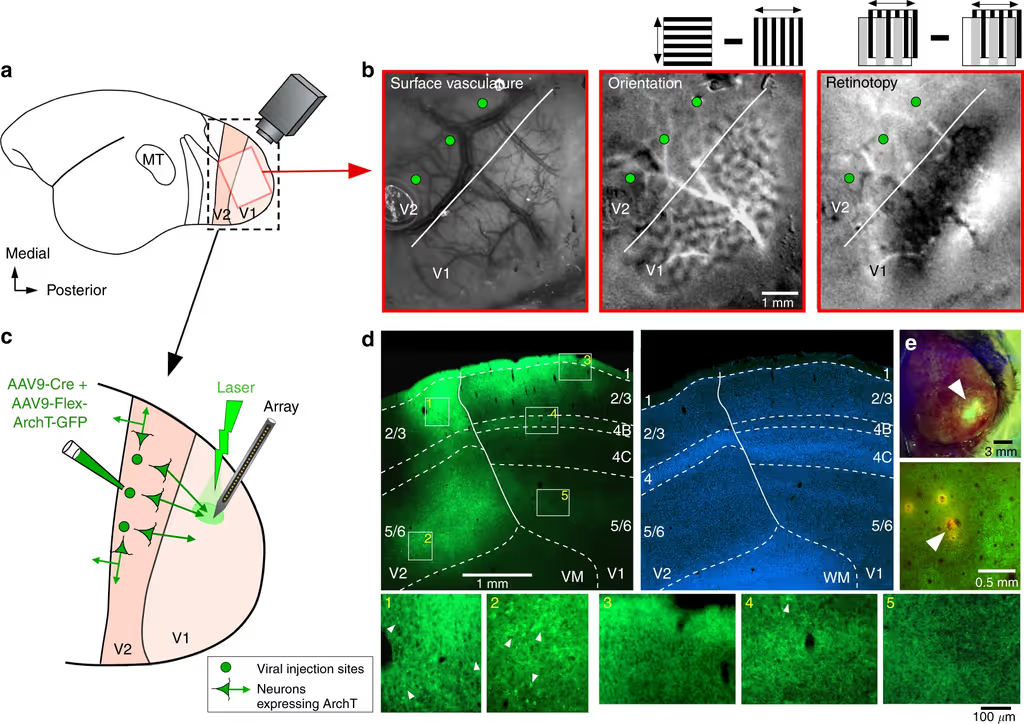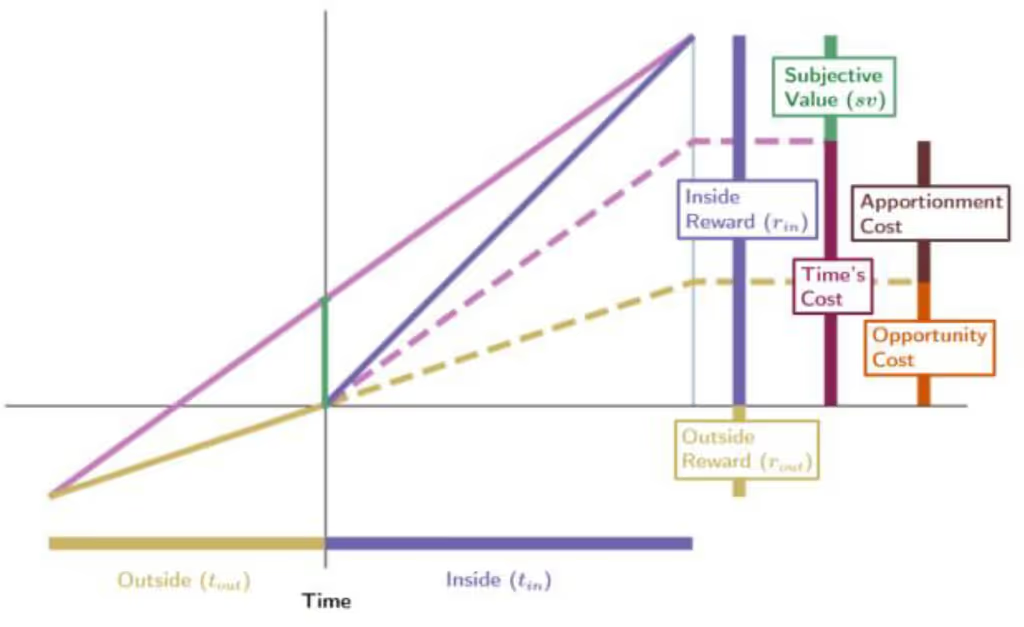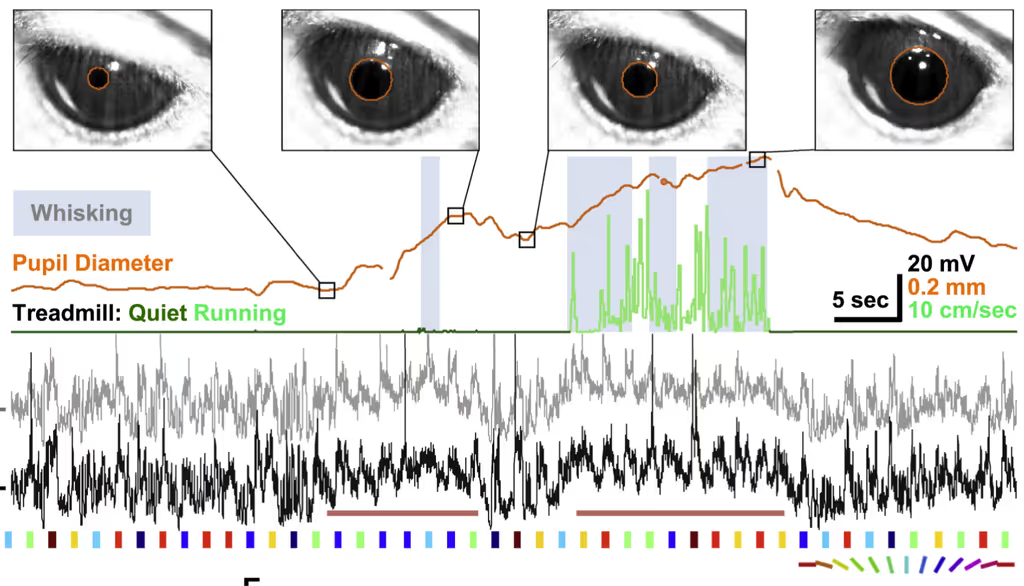The DataJoint Customer Experience
Progress increasingly requires studying biological systems as a whole. That’s meant new instruments, multi-modality techniques, and a massive increase in complexity. Labs have stretched their teams and processes, but without good systems they’re inefficient and struggling to keep up.

Trusted by Premier Research Institutions
Leading labs choose DataJoint to manage their most complex and valuable data.





















Competitive Advantage at the *Scientific Frontier*
Labs come to DataJoint when they want to do more than keep up. They want a decisive edge – to replace their ad hoc, manual work with automated, reproducible workflows, and to bring structure and transparency to their data and operations. This not only relieves their burdens, it prepares them to meet new regulatory mandates and provides the foundation for the reliable use of AI.
Reproducibility and transparency are the first two pillars of the new US policy on the conduct and management of scientific activities.
See Executive Order, Restoring Gold Standard Science § 3(a)(i)-(ii), May 23, 2025.

DataJoint customers transform their *labs into a unified research ecosystem* that delivers
Productivity
Consistency
Confidence
Continuity
Collaboration
Efficiency
Security
Your Partner in *SciOps Transformation*
Equipping your lab for the next level of performance.
We’re a team of world-class experts in life sciences, scientific computing, data engineering, and research operations. We’re here to support your scientific goals, contributing systems, practices, and expertise developed in leading research environments around the world to help you level up your capabilities without disrupting the science.
Life Sciences
Multi-modality investigation of biological systems – neuroscience, behavior, oncology, -omics, kinematics, and more.
Computer Science
Reproducible pipelines, automated processing, end-to-end governance of the data supply chain.
Operational Excellence *in Practice*
Our team of SciOps scientists and engineers partners with you to level up your lab's operations.
Here’s the steps in a typical onboarding:
Collaborative Pipeline Design
Your DataJoint subscription typically includes in-depth consultation with our SciOps team. We begin by understanding your lab's specific scientific aims, processes, and challenges. We then collaborate to architect the optimal DataJoint pipeline, defining the data models and automated workflows specific to your research.
Systems Integration
We work closely with your team (and often your research computing and IT departments) to integrate DataJoint with your lab’s existing environment:
Instruments
We establish automated pathways to ingest data from your scientific instruments (e.g., microscopes, electrophysiology rigs, behavioral systems) into the DataJoint pipeline, ensuring data integrity and provenance from the source.
Scientific Software
We help integrate your lab’s custom analysis scripts and specialized software into the DataJoint pipeline with all appropriate inputs, outputs, and error handling.
Computing and Storage
You can choose our secure cloud computing and storage, or we can work with your systems admins to use on-premises resources in your lab or institution.
External Data Systems
We can integrate your pipeline to pull metadata from lab systems such as Electronic Lab Notebooks (ELNs), Laboratory Information Management Systems (LIMS), or Animal Care Systems, and can serve data to external systems as needed.
Orchestration Configuration
Once your pipeline is designed, we configure each computational step by assigning it to an environment with appropriate computing resources (CPU, GPU, memory) and software dependencies, including correct library versions.
Continuous Integration (CI) & Continuous Deployment (CD)
We help your lab establish collaborative software development practices – i.e., code development, review, and submission (using GitHub). We also establish the CI/CD pipeline to ensure that code updates are automatically tested, integrated, containerized, and deployed into your production environment.
Notebook Environments
We set up integrated Jupyter notebook environments tailored to your lab’s analysis needs including, for example, GPU-accelerated notebooks for computationally intensive analyses.
Graphical User Interfaces
We help design or customize data entry screens suited to your research needs (e.g., entering session information, creating new parameter sets). We work with your team to integrate existing visualizations, or to develop new ones. And we help create dashboards for your project, using the integrated Plotly Dash engine to render plots, data tables, and interactive elements in any combination.
Testing
Before handoff, we thoroughly test the entire pipeline, from data ingestion through all processing stages, to ensure everything operates correctly and meets your lab's approval.
Training
A subscription includes comprehensive training for your entire team. We provide hands-on sessions, detailed documentation, and ongoing support to ensure everyone is proficient and comfortable using DataJoint to its full potential.
We're Here For You
You don’t have to go it alone – our SciOps team is here to help, including neuroscientists and data scientists with skills that span neuroscience methodologies, pipeline design, systems integration, and operations . We draw upon many years spent advising labs on their data operations and helping them design efficient and effective pipelines and processes. Our experience helps accelerate your onboarding and enhances the productivity and quality your operations.
SciOps Advisory Services
We help evaluate and level up your lab’s operational maturity level, and advise on techniques, technologies, workflows, and best practices
Collaborative Development
Need a hand designing or implementing a particularly complex pipeline or a custom UI? We can assist.
Custom Integration
We’ll help you integrate your unique laboratory instruments, specialized algorithms, and existing data systems into your pipeline
Training
We'll train you and your team to get the most out of DataJoint
Power Up *Your Lab*
Ask us how we can help you level up your lab’s operations.
Don’t just manage your data – accelerate your science. With DataJoint, you can eliminate the friction and streamline your path to discovery.

.svg)




